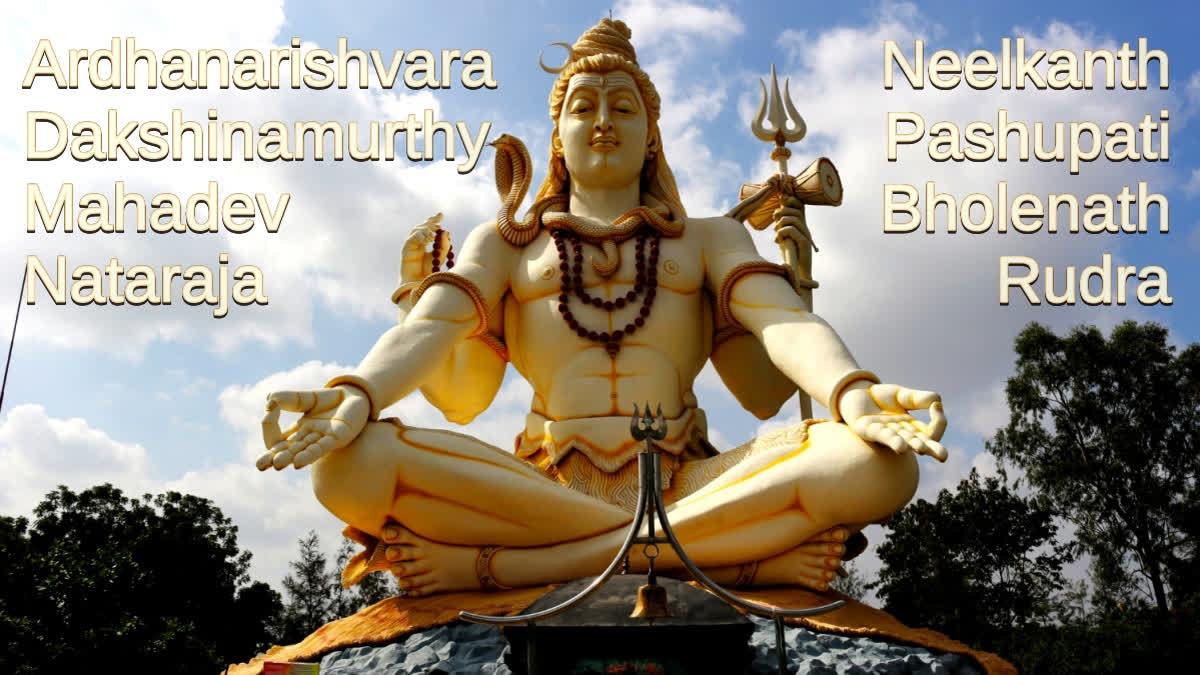Shiva is one of the most complex and revered deities in Hinduism. He is a god of paradoxes, embodying both chaos and order. His many forms represent the infinite aspects of existence.
The Power of Meditation on Mahashivaratri
Mahashivaratri is a night of deep stillness, where the veil between the seen and the unseen grows thin. Meditation on this night is about allowing oneself to merge with the vast, formless energy that Shiva represents. Just as Shiva sits in deep meditation atop Mount Kailash, unmoved by the shifting forces of the universe, so too can we find that place of inner stillness.
To meditate on Mahashivaratri is to align oneself with the cosmic rhythm. The ancient yogis knew that on this night, due to planetary alignments, there is a natural upsurge of energy within the human system. Sitting upright in meditation allows this energy to flow freely, elevating consciousness and deepening spiritual awareness.
In the silence of meditation, the mind ceases its restless chatter, and in that space, the eternal presence of Shiva can be felt. In that stillness, we are no longer separate beings struggling against time. We become part of the eternal cycle of creation and dissolution. This is the essence of Shiva... not a god to be worshiped from afar, but an experience to be lived within.
On Mahashivratri 2025, let us explore his most significant forms and what they symbolize. We cannot cover all his avatars because Shiva’s forms are endless, since existence itself is endless.
1. Neelkanth
The great churn had begun in the primordial past. The Devas and Asuras were locked in eternal rivalry. They churned the cosmic ocean for the nectar of immortality. But what arose first was not the elixir, but poison halahala, which could destroy everything. As the gods recoiled in terror, one being stepped forward. Shiva swallowed the poison and held it in his throat, turning it a deep blue. Thus, he became Neelkanth, the blue-throated saviour, proving that true power is not in destruction, but in the willingness to bear suffering for the greater good.
2. Pashupati
Shiva is not just the god of ascetics, he is also the protector of all living beings. As Pashupati, he watches over animals and humans alike, embodying the harmony between man and nature. The ancient Indus Valley seals bear his image: seated in deep meditation, surrounded by animals. His form shows us that civilization is not separate from nature, but a part of it, and those who wish to walk the path of dharma must respect all life.
3. Bholenath
For all his power, Shiva is also Bhola, the innocent one. He grants boons freely, with a heart open to both Devas and Asuras, kings and beggars. His devotees love him not for his might, but for his simplicity. He does not ask for riches or elaborate rituals. A handful of water, a bael leaf, and a pure heart are enough to win his grace. But his innocence is not weakness. It is the purity of one who sees the world without pretence.
